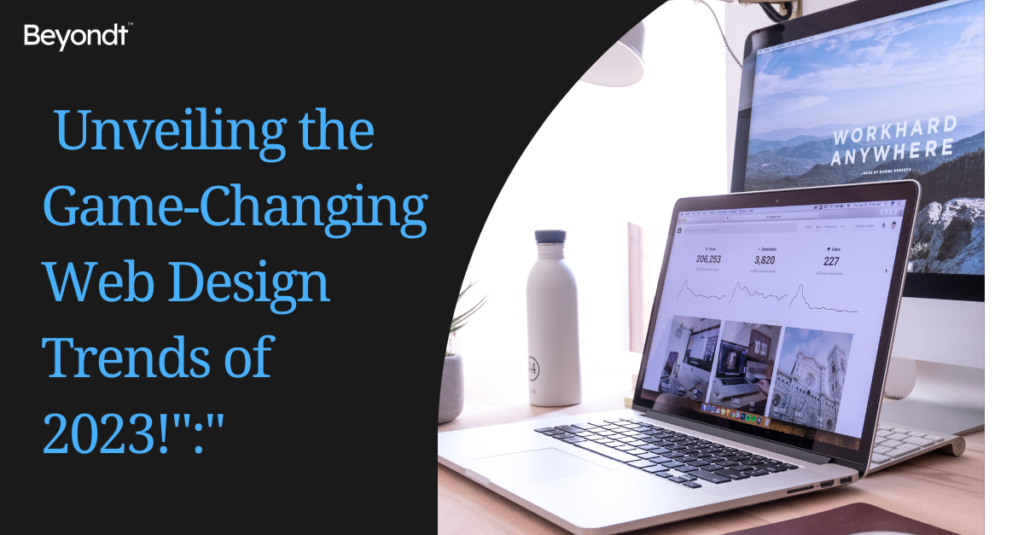
Introduction:
Web design is a dynamic field that constantly evolves with technological advancements and changing user preferences. As we step into 2023, the world of web design is poised for exciting shifts that will shape the way websites look, function, and engage users. This article explores the top trends that are set to dominate the landscape of web design in the coming year and on the far side. And if you are looking for immersive experiences and innovative interfaces and the best website & app development look no further than beyondt.in will help you from creating stunning web and app designs. Let’s delve into the future of web design.
1. Immersive Experiences: AR and VR Integration
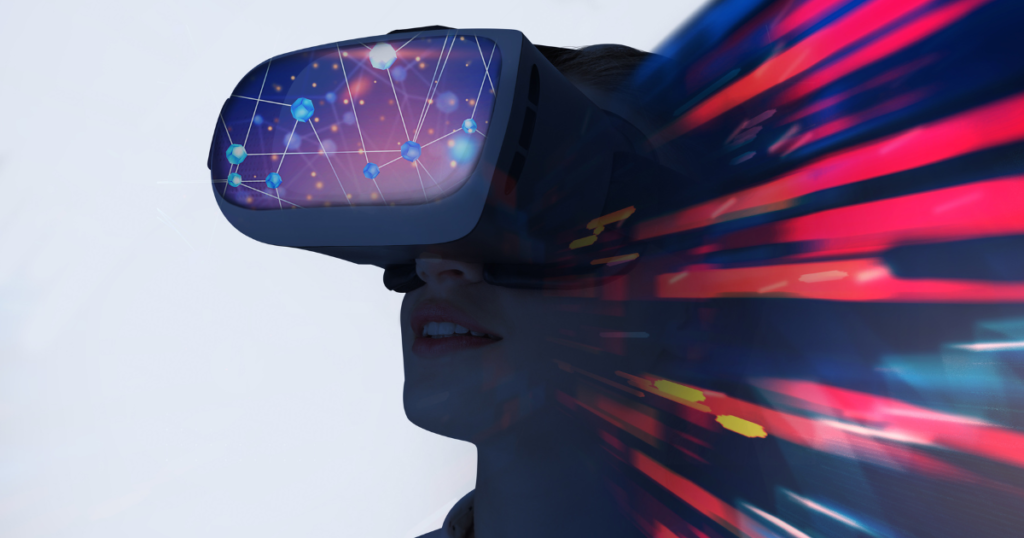
Immersive experiences are expected to be at the forefront of web design in 2023. Augmented reality (AR) and virtual reality (VR) technologies have matured, and web designers are harnessing their potential to create captivating user journeys. AR overlays digital information onto the real world, while VR transports users to entirely virtual environments. E-commerce sites could offer AR try-ons for clothing and accessories, and real estate sites could provide VR tours of properties. The integration of AR and VR not only enhances user engagement but also offers practical solutions for various industries.
2. Dark Mode Aesthetics and Energy Efficiency
Dark mode, once a niche feature, has now become mainstream. This trend is expected to continue its rise in 2023 due to its aesthetic appeal and potential energy-saving benefits, particularly on devices with OLED screens. Dark backgrounds reduce eye strain and provide a modern look. Websites that offer both light and dark modes provide users with the flexibility to choose a browsing experience that suits their preferences. This trend emphasizes customization and user-centric design.
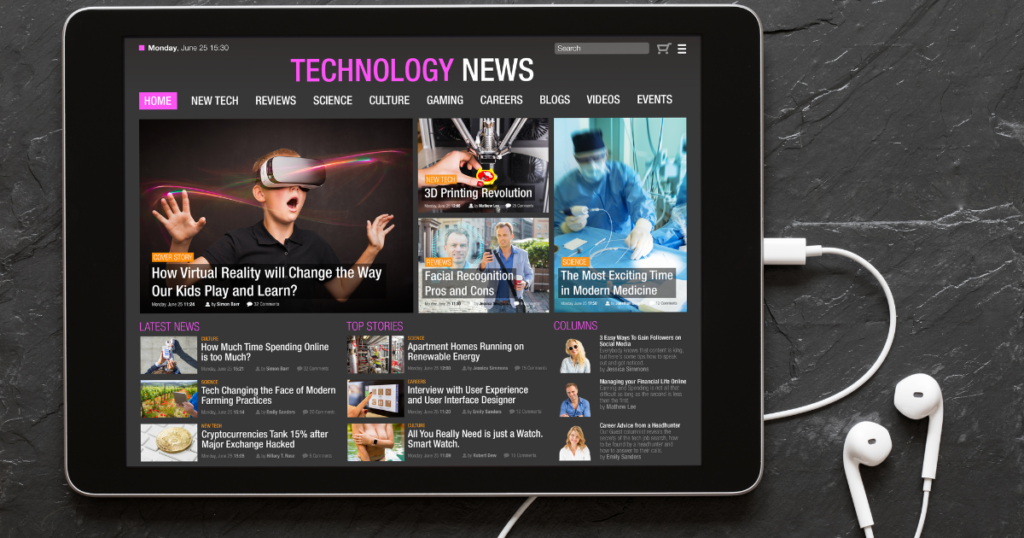
3. Minimalistic and Content-Centric Design
In 2023, web design will take a leap toward minimalistic and content-centric layouts. This approach focuses on delivering valuable content with clear typography, ample white space, and thoughtful visuals. A clutter-free interface guides users’ attention to essential information, enhancing usability and readability. This trend aligns with the user’s need for quick and concise information in a world saturated with content.

4. Voice User Interface (VUI) Integration
With the proliferation of voice assistants and smart devices, voice user interface (VUI) integration is becoming increasingly important. Users are relying on voice commands for searches and interactions, prompting designers to optimize websites for voice-based interactions. Designing intuitive voice navigation systems and incorporating natural language processing (NLP) capabilities ensures a seamless browsing experience, enhancing accessibility and convenience.

5. Advanced Animation and Microinteractions
Advanced animation techniques are set to take center stage in 2023. From 3D animations to dynamic illustrations, websites will embrace visuals that captivate and immerse users. These animations serve a dual purpose: they provide visual appeal and contribute to storytelling. Microinteractions, are subtle animations that respond to user actions, enhance engagement, and provide feedback, making the user experience more interactive and delightful.
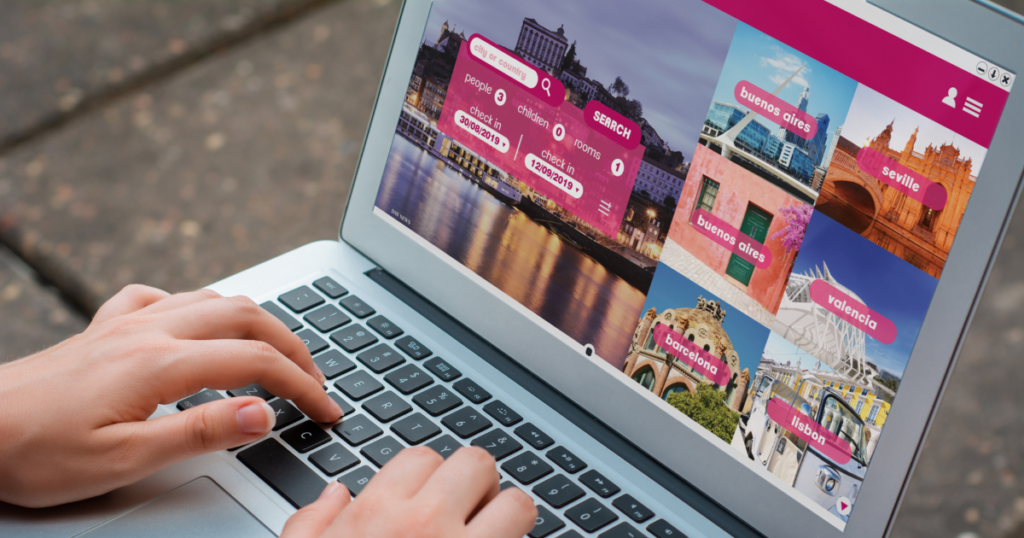
6. AI-Powered Personalization
Artificial intelligence (AI) continues to revolutionize industries, and AI-powered personalization is reshaping web design. Websites will dynamically adapt content and layout based on user behavior, preferences, and demographics. This level of personalization boosts engagement by presenting users with relevant products, services, or content, fostering a stronger connection between users and the website.
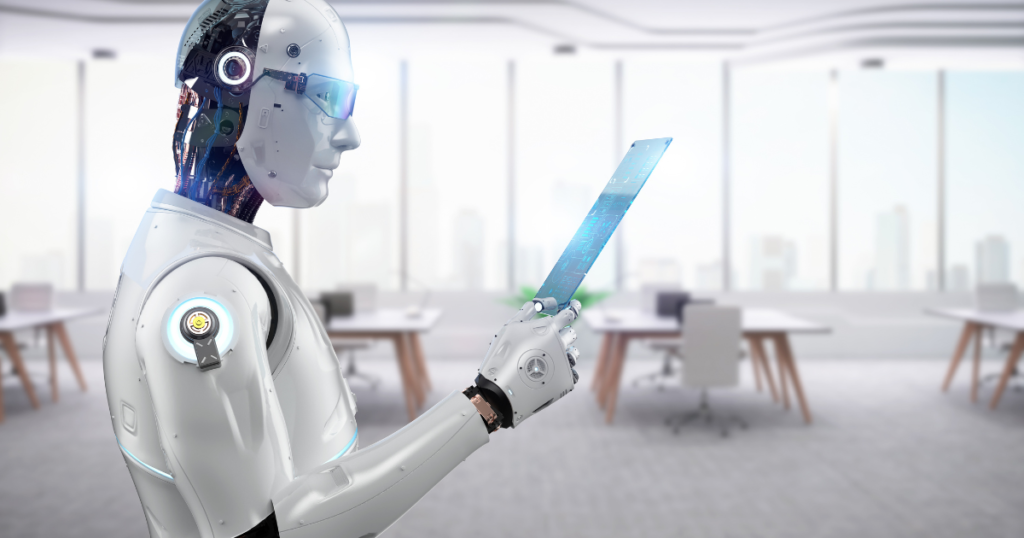
7. Scrolling Transformations: Horizontal and Parallax Scrolling
Web designers are pushing the boundaries of scrolling by embracing horizontal scrolling and parallax effects. Horizontal scrolling offers a unique narrative approach, guiding users through a visual story. Parallax effects create depth and perspective, giving a sense of immersion. However, designers need to strike a balance between creativity and usability, ensuring that these effects enhance the experience rather than hinder navigation.

8. Abstract and Asymmetrical Layouts
Abstract and asymmetrical layouts are breaking away from traditional grid-based designs. These layouts introduce visual tension and uniqueness, capturing users’ attention and standing out from the crowd. However, maintaining usability while experimenting with creativity is crucial. A well-balanced design ensures that the aesthetics don’t compromise the user experience.
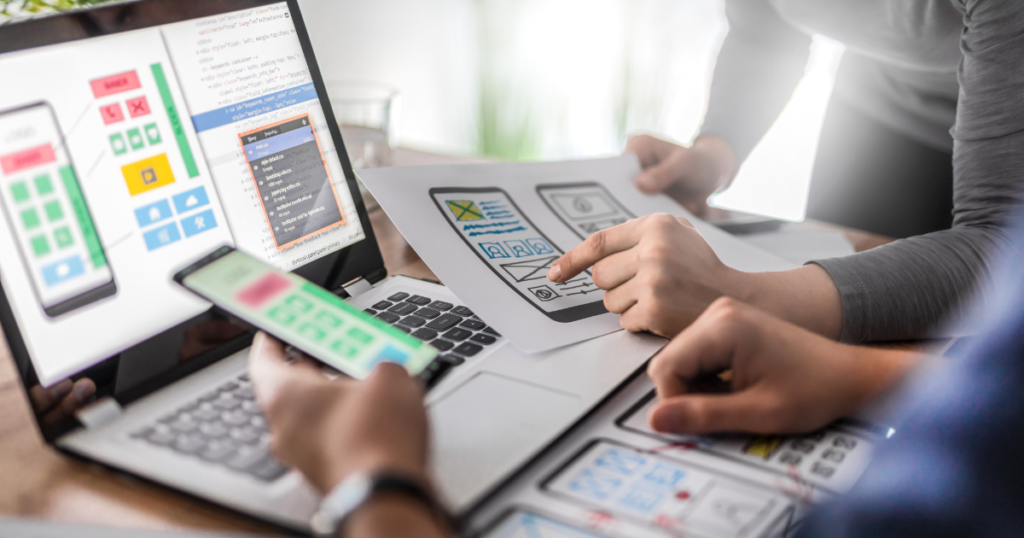
9. Enhanced Data Visualization
In an era of information overload, effective data visualization becomes paramount. Web designers are adopting interactive charts, graphs, and infographics to present complex information in user-friendly formats. This trend is particularly relevant for industries such as journalism, finance, and e-learning, where data-driven storytelling enhances comprehension and engagement.

10. Accessibility-First Design
Web accessibility is no longer an afterthought but a priority. In 2023, accessibility-first design will be a standard practice. Websites will be designed with screen reader compatibility, color contrast optimization, and keyboard navigation from the ground up. This approach ensures that all users, regardless of their abilities, can access and interact with the content seamlessly.

The bottom line
The future of web design in 2023 is an exciting blend of creativity, innovation, and user-centered design. From the integration of AR and VR to the emphasis on minimalistic layouts and advanced animations, these trends reflect the evolving expectations of digital users. As technology continues to advance, web designers will play a crucial role in translating these trends into tangible, user-friendly experiences. By embracing these trends and adapting to the changing landscape, designers can ensure that their websites remain relevant, engaging, and impactful in the years to come. The future of web design is not just about aesthetics; it’s about crafting experiences that leave a lasting impression on users and define the digital journey ahead.







